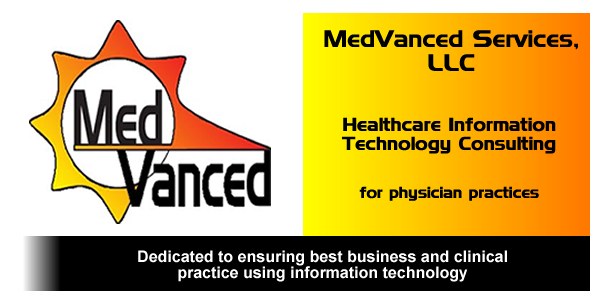Physicians opening a new practice are readily purchasing EMRs and wouldn’t have it any other way. Physicians who adopt EMRs say they would never go back. Then why are the vast majority of physicians stuck on paper systems…?
Here are some top reasons for why existing practices are holding back and what can be done about it.
Change
I would not lie to you and say that it will be easy. It can take from 6 months to a year to fully transition, and in the meantime, you are operating 2 parallel systems. In a busy clinical environment, this can spell disaster. Besides that, how many have wanted to exclaim, “Dammit Jim, I’m a doctor, not a computer nerd!” To me the argument regarding change is probably the most valid one. People do not like change. We are creatures of habit and we like routine because it is comfortable even if things could be done in a more efficient way. I guess the only thing to say is you can do it willingly or not, but sooner or later we all must venture out of our comfort zone. Healthcare has been the “final frontier” (forgive the StarTerk reference again) in the collaboration with IT. It is high time our industry has embraced the idea and began reaping the benefits. Let’s just take it one step at a time. Get a good project management plan and reevaluate goals often. Never underestimate the value of a good consultant. Going it alone can be a borderline brave/foolish thing to do. Once the preparation and purchase is done, become comfortable with your EMR software and slowly start integrating. Documenting in your EMR will start becoming second nature. EMRs have come a long way and good ones are set up to mimic the common sense clinical flow. The key is not to be in an environment of duplicate check in/out, billing, and documentation processes for too long. It is truly a balancing act.
Cost
Well, now with the HITECH Act, the government is trying to incentivize adoption. They are playing nice now, offering the possibility of earning $44,000 under the Medicare plan and $64,000 under the Medicaid plan over 5 years to providers who use qualifying health IT but come 2015 and things will get ugly and penalties will take the place of incentives. The sooner you get on board, the better your incentive will be. This incentive will practically pay for the cost of a correctly implemented system. To me the message is loud and clear: Like it or not, Healthcare IT is a reality. Don’t be stubborn because it will only hurt your pocket more in the long run.
Fear of loss of data
Here’s the scenario…you’re treating patients and then all of a sudden POOF! The internet goes down or the power goes out. Let me begin by saying that the likelihood of that happening once in a year might be correct, and when it does, we have this plan:
battery back ups – in the event of power failure, you will have a back up power supply that will immediately support your office for a couple of hours. Use the time wisely.
Data duplication and back ups – if you are running your software out of a hosted environment, you likely will have the patients on your schedule “checked out” to your system. This means that their record is duplicated on your workstation. You can continue to view history and document notes. When your connection is restored, voila! It’s like it never went away.
Server back ups – your software vendor’s server just exploded. (I got dramatic, but you get my drift…) That server is duplicating real time data on another server located in another part of the country and that one duplicates its data in another part of the country. My point is, you typically have back ups of back ups and the data is safe and sound unless the unthinkable happens.
If you house your information on your own server, be sure to do the same thing! Duplicate your data more than once onsite and take the copy with you offsite when you close your doors.
Security breaches
In several discussions with colleagues, it is inevitably brought up that paper records are in just as much jeopardy of security breach as electronic records. There are steps to ensure that you are doing all you can to protect PHI, such as the use of antivirus software to protect your data from viruses, firewalls to protect from intrusions, etc. Allow only certain people access to certain pieces of the record that they need to do their job by using appropriate permissions. At the end of the day, no system paper or electronic is 100% theft-proof.
Don’t let these barriers prevent you from pursuing an EMR for your practice. Knowledge is power, in this case, empowering you with the knowledge needed to effectively handle the obstacles you could face when transitioning to electronic medical records.
Subscribe to:
Post Comments (Atom)

No comments:
Post a Comment